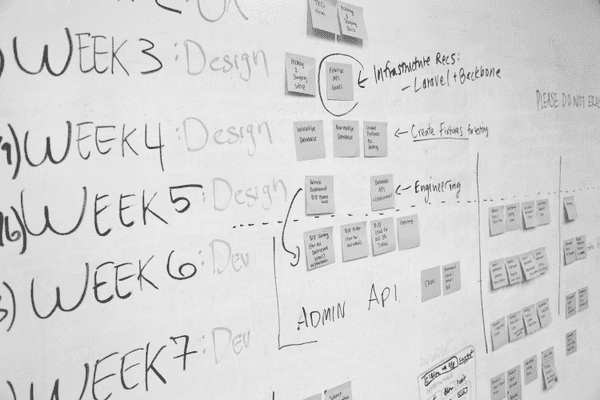In the realm of project management, two popular methodologies stand out: waterfall and agile. While both aim to deliver successful projects, they differ significantly in their approaches and underlying principles. These are the five key differences between waterfall and agile projects.
-
Sequential vs. Iterative Approach
One fundamental difference lies in the project’s overall approach. Waterfall projects follow a sequential process, where each phase is completed before moving onto the next. This rigid structure requires extensive planning upfront, with little room for adjustments once development begins. In contrast, agile projects adopt an iterative approach, breaking the project into smaller, manageable cycles known as sprints. Each sprint delivers a functional increment, allowing for continuous feedback, flexibility, and adaptation throughout the project.
-
Requirements and Scope
Waterfall projects typically involve gathering and documenting detailed requirements at the project’s inception. These requirements are then frozen and form the basis for subsequent phases. Any changes to the requirements are often challenging to accommodate once the project is underway, leading to potential delays and cost overruns. Agile projects, on the other hand, embrace change and prioritize frequent customer collaboration. Requirements evolve and are refined as the project progresses, allowing for greater adaptability and a focus on delivering value based on evolving customer needs.
-
Team Structure and Collaboration
In waterfall projects, teams are typically organized hierarchically, with clearly defined roles and responsibilities. There is often limited collaboration between team members and stakeholders, leading to siloed work and reduced knowledge sharing. Agile projects, however, emphasize cross-functional teams with diverse skill sets. Collaboration is encouraged through daily stand-up meetings, regular feedback loops, and continuous communication. This collaborative environment fosters shared ownership, effective problem-solving, and a collective commitment to project success.
-
Project Control and Flexibility
Waterfall projects rely on comprehensive planning and strict adherence to the predefined project schedule and scope. Changes during development can be challenging to accommodate, potentially leading to project delays or compromises in quality. Agile projects prioritize flexibility, adapting to changing requirements and market conditions. With shorter development cycles, regular inspections, and adaptation, agile projects can respond quickly to new information, mitigate risks, and make adjustments without significant disruption.
-
Risk Management
Waterfall projects tend to have a comprehensive risk management plan established early in the project lifecycle. Risks are identified, assessed, and mitigated upfront, with a focus on avoiding potential issues throughout the project. Agile projects, while still addressing risks, embrace a more proactive and iterative approach. Risk management is an ongoing process, with risks identified and addressed in each sprint. The frequent feedback loops and collaboration allow for early risk identification and swift mitigation, reducing the overall impact of risks on project outcomes.
Understanding the differences between waterfall and agile projects is crucial for project managers and teams to select the most appropriate approach for their specific context. While waterfall projects provide structure and predictability, agile projects offer flexibility, adaptability, and customer-centricity. Recognizing the distinctions in their sequential vs. iterative approach, requirements and scope management, team structure and collaboration, project control and flexibility, and risk management empowers project teams to choose the methodology that best aligns with their project goals and organizational context. Ultimately, the success of a project lies in selecting and implementing the right methodology that maximizes efficiency, effectiveness, and stakeholder satisfaction.


